The Importance of Sterilization in Shrimp Farms
Sterilization of the pond and equipment
Clean the pond and equipment first with a disinfectant-infused high-pressure spray. The usage of 10 ppm trichloroisocyanuric acid (TCCA) and 30 ppm sodium hypochlorite is recommended. For chlorine disinfection. After disinfection, scrub the pond lining to make sure that the biofilm is lifted. Then, remove all the leftover sludge from the previous cycle as this is a source of pathogens and harmful components. If the farm suffered from disease outbreak in the previous cycle, use lime with a pH up to 11 to eradicate spores and prevent further outbreaks in the next cycle.
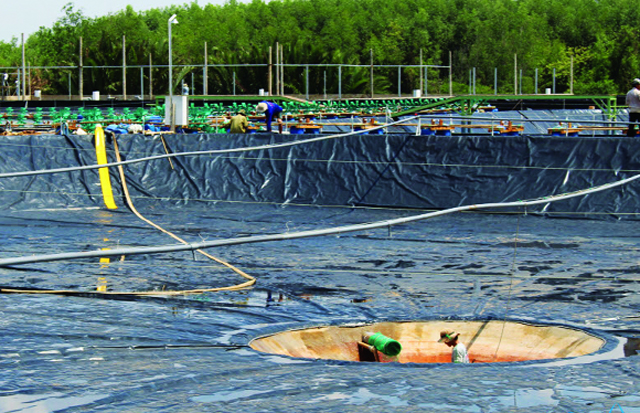
Water Quality Parameters
Toxicity testing should be used to monitor the presence of pollutants in the water of shrimp farms, whether they are solid particles or gases. This test examines how aquatic creatures react to the presence of harmful chemicals such as ammonia, nitrite, and nitrate. It’s vital to remember that depending on the species being raised, these drugs will be tolerated at varying doses. The toxicity test will reveal the point at which the aforementioned compounds start to stress the shrimp.
Water Sterilization
Water sterilization requires two steps: prefiltration and disinfection. For prefiltration, use filters with a mesh of less than 200-300 microns at the water inlet to prevent entry of pathogens, predators and undesirable settleable solids. The filters should be maintained regularly by rinsing them with clean water and removing any deposits. When it comes to water disinfection, chemical disinfectants should be used to eliminate all germs. For 24 hours, add 20–30 ppm sodium
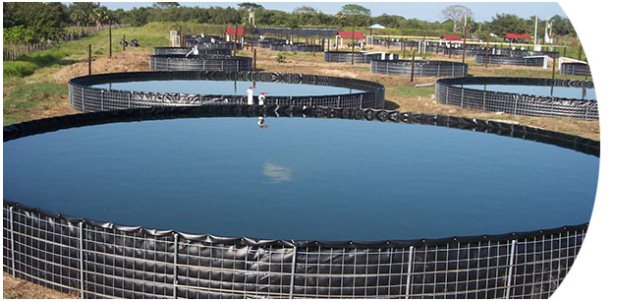
hypochlorite 60 percent, 0.5–2.5 ppm KMnO4, and 10 ppm TCCA to the filtered water. During chemical disinfection, maintain maximum aeration. To get rid of the leftover chlorine, multiply the remaining chlorine concentration by three to get the right amount of sodium thiosulphate. Finally, repeat the process two to seven times throughout the course of 24 hours.
Cre: delosaqua.com
Contact AQUA MINA for consultation and supply of aquaculture round tanks and aquaculture equipment for high-tech shrimp farming.
- Address: 685 National Highway 1A, Binh Hung Hoa Ward, Binh Tan District, Ho Chi Minh City
- Phone: 1800 6071 (Toll-free hotline)
- Email: sales@aquamina.com.vn or oversea@aquamina.com.vn
Aqua Mina's distributor in Japan:
REX INDUSTRIES CO., LTD
- Address: 1-9-3 Hishiya-Higashi, Higashi-Osaka 578-0948 JAPAN
- Email: kimakubo@rexind.co.jp
- Phone: +81-(0)72-961-9893
- Website: http://www.rexind.co.jp/e/
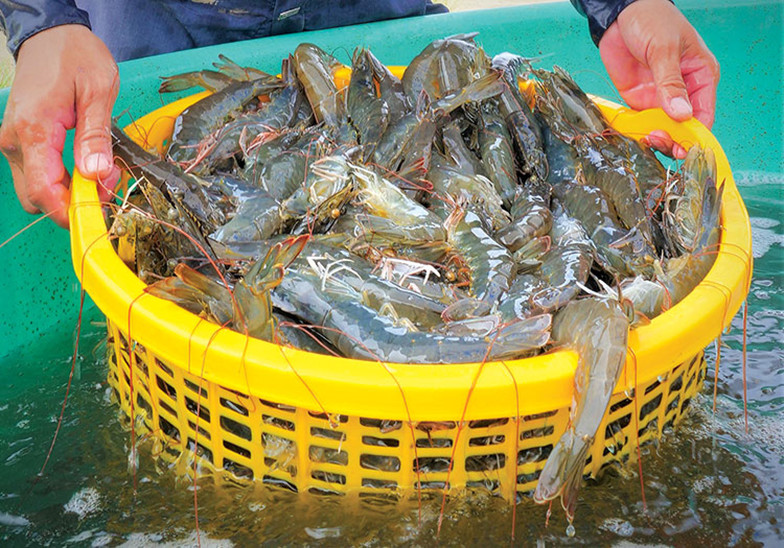
WE WORK FOR YOUR SUCCESS!
Ngày đăng : 21/02/2025
2053 View
Other Articles
Portuguese food group acquires 18% stake in cod farming company Norcod
Indonesia implements radioactive-free shrimp certification for exports to the United States
India is world’s second-largest shrimp producer. That is now under threat
Ca Mau’s shrimp industry moves towards “green” growth
Floods devastate aquaculture, processing operations in Vietnam
Ecuador Leads Global Shrimp Exports, Surpassing USD 7 Billion in 2025
India's marine product exports rise 16% as new markets offset US dip
Skretting presents the first shrimp feed with insect meal in Vietnam
Sharing: EU increases shrimp imports in the first 9 months of the year
Gideon De Oro opens high tech Cebu shrimp plant, to revive exports
White-leg shrimp facing WSSV: When density and environment fluctuate together








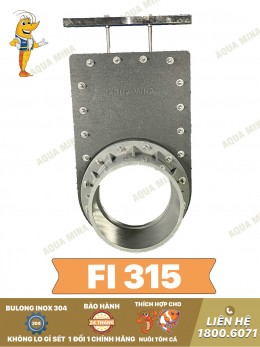
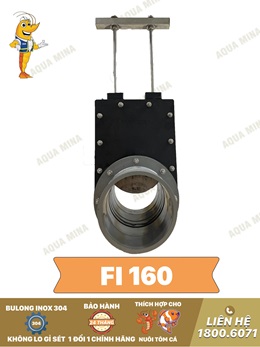
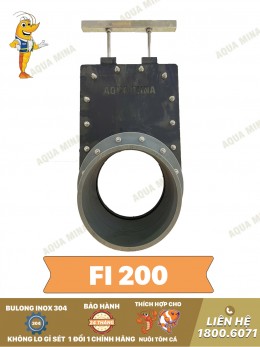
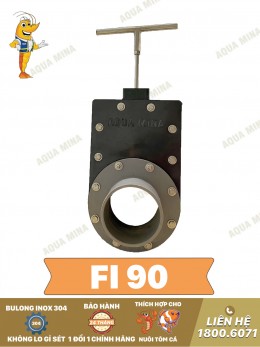
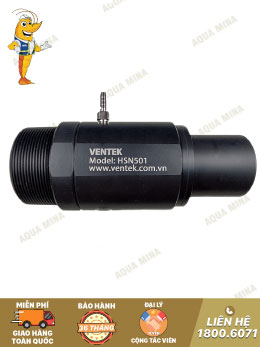
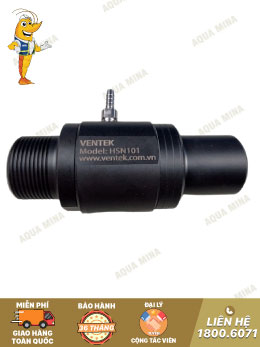
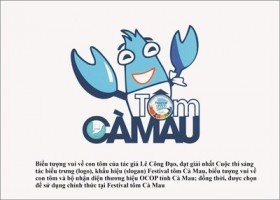
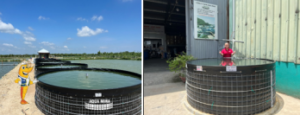
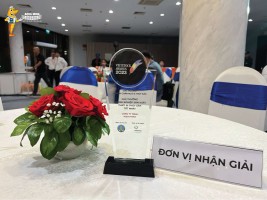
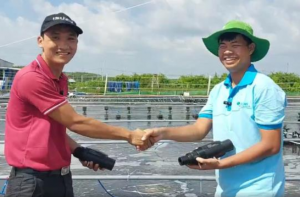
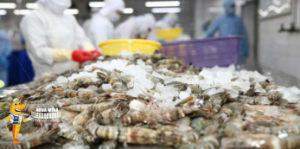
.jpg)